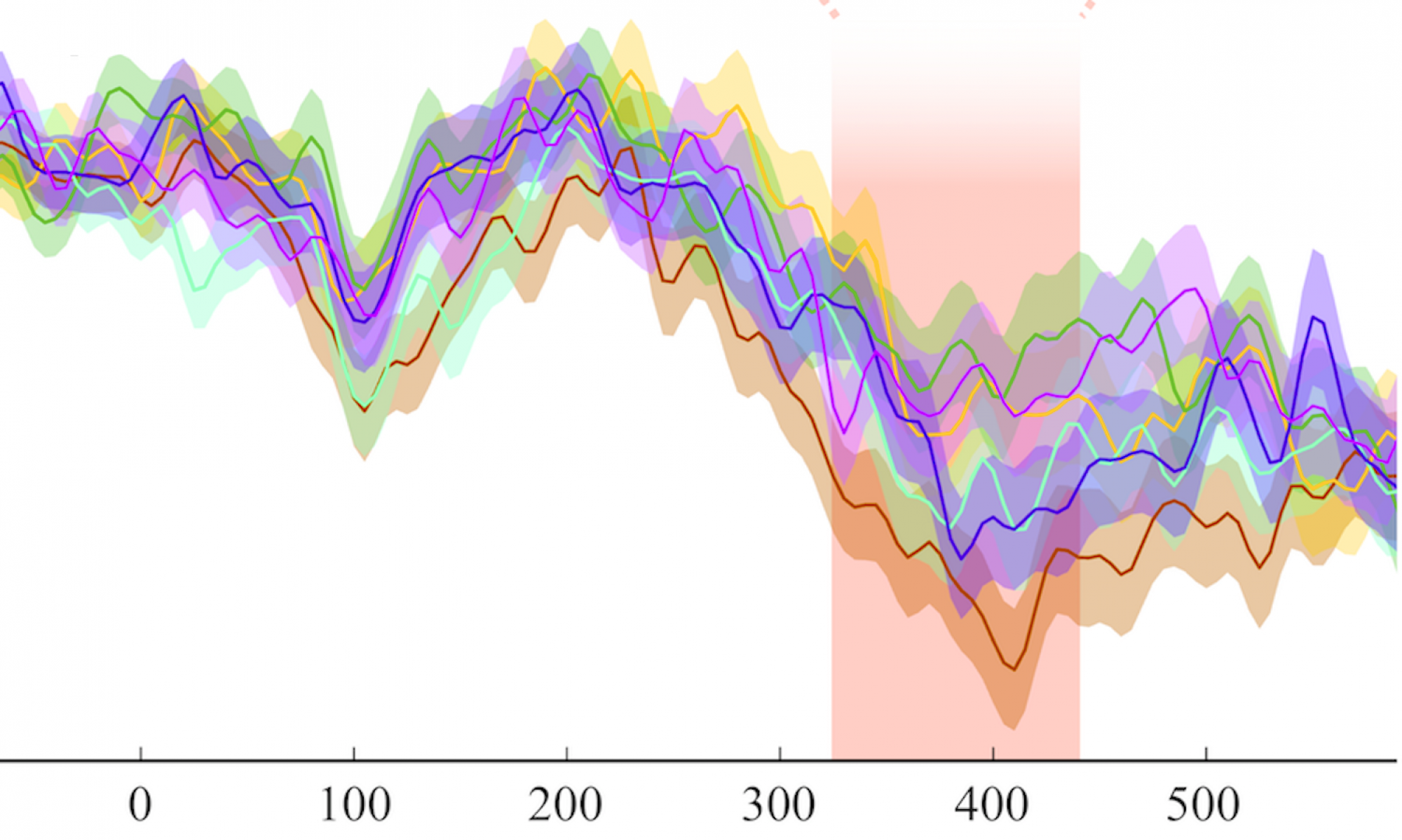The first publication arising from PhD student Dave Cayado’s thesis project has just been published in Language, Cognition and Neuroscience. This paper reports a masked morphological priming experiment in Tagalog, investigating the processing of infixes, and comparing them to prefixes and suffixes. Despite their prevalence in the world’s languages, infixes have never before been investigated using the masked priming technique, which is the most widely used tool to investigate the early stages of morphological processing. Consistent with our previous work finding that infixes in Tagalog evoke neural activity consistent with early form based morphological decomposition (Wray et al. 2021), Dave finds that infixed primes facilitate the processing of their stem targets just as robustly as prefixed and suffixed primes do. This important finding means that current models of morphological processing which assume that word edges, or fixed positions, play a critical role in early form based morpheme detection need to be rethought. This research is funded through our SAVANT grant project.

